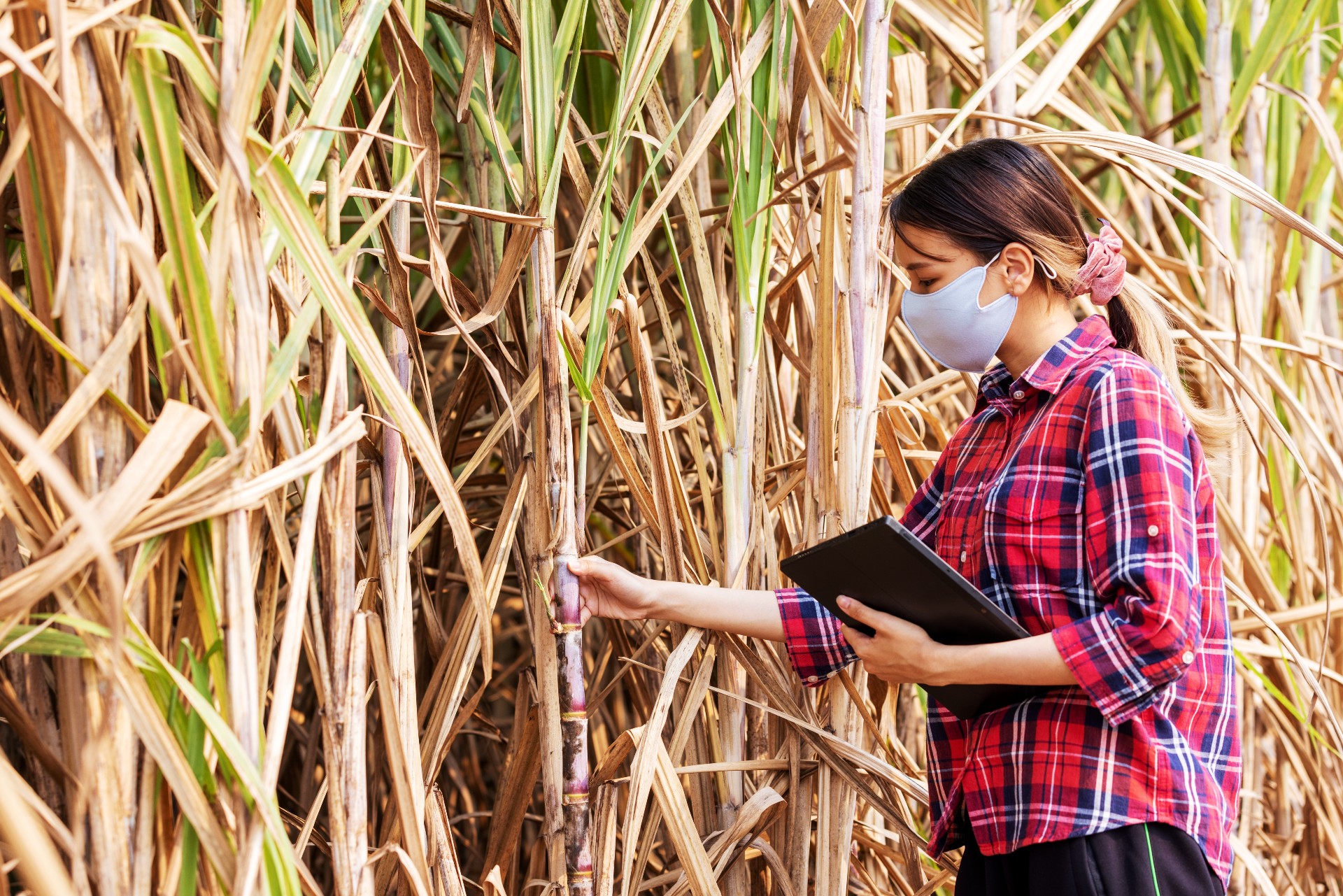
Quality control in sugar cane cultivation is vital to ensuring the highest sucrose content and maintaining purity, which is critical for maximizing profitability and efficiency in the sugar industry. This article explores comprehensive strategies to optimize sugar cane quality from the field to the mill. By implementing rigorous practices throughout the cultivation, harvest, and processing stages, producers can significantly influence the final product’s quality and yield.
Cultivation Practices to Enhance Sucrose Content
Genetic Selection and Crop Breeding
The foundation of high-quality sugar cane begins with selecting the right varieties. Varieties genetically predisposed to high sucrose content are essential. Through advanced breeding techniques and biotechnology, agronomists are developing strains that not only yield higher sucrose content but also resist pests and diseases, thus maintaining the integrity and purity of the crop.
Soil Management and Fertilization
Optimal soil conditions are imperative for maximizing sugar cane’s sucrose content. Regular soil testing and tailored fertilization programs ensure that the plants receive the necessary nutrients without excessive nitrogen, which can reduce sucrose accumulation. Implementing organic matter enrichment and proper pH balance also contributes significantly to healthy crop growth.
Harvesting Techniques to Preserve Quality
Timing and Methodology
The timing of the harvest is crucial; sugar cane should be harvested at its peak maturity when sucrose levels are highest. Moreover, the method of harvesting plays a critical role in preserving these levels. Mechanical harvesters that minimize stalk damage and prevent extraneous matter from contaminating the cane are preferred over manual methods that can compromise cane quality.
Post-Harvest Handling
Immediate post-harvest handling processes are vital to maintain sugar cane quality. Rapid transport to processing facilities prevents the degradation of sucrose due to enzymatic reactions. Keeping the harvested cane cool and moist can also delay these reactions, preserving the sucrose content until processing.
Processing Techniques for Maximum Purity
Milling Efficiency
Once the sugar cane reaches the mill, efficient extraction processes are crucial. The milling process should maximize juice extraction while minimizing the crushing of impurities like soil and fibrous material, which can contaminate the sugar quality. Continuous monitoring and adjusting of the milling equipment ensure optimal performance.
Clarification and Filtration
The purification of cane juice involves clarification to remove solids and filtration to eliminate finer particulate matter. Implementing high-quality clarification agents and modern filtration systems can significantly enhance the purity of the final sugar product. Additionally, maintaining a clean and controlled processing environment prevents contamination and ensures consistent quality.
Quality Assurance and Monitoring
Real-Time Quality Monitoring
Incorporating real-time monitoring systems in the production process allows for immediate adjustments and quality control. Technologies such as near-infrared (NIR) spectroscopy can analyze sucrose content and purity levels on the go, providing essential data for maintaining high standards throughout the production chain.
Regular Audits and Certification
Periodic audits and adherence to certification standards like ISO for quality management systems play a crucial role in maintaining high-quality production practices. These audits help identify areas for improvement and ensure compliance with international quality standards, fostering trust and reliability in the market.
Innovative Technologies in Sugar Cane Quality Control
Advanced Sensing and Robotics
The integration of advanced sensors and robotic technology in both the field and the mill optimizes the monitoring and handling of sugar cane. Robots equipped with precision sensors can detect variations in sucrose content and purity, enabling targeted interventions that preserve or enhance quality.
Data Analytics and Predictive Modeling
Utilizing big data and predictive analytics can revolutionize sugar cane quality control. By analyzing historical data and real-time inputs from the field and processing stages, predictive models can forecast quality trends and prescribe preventive measures to mitigate risks affecting sucrose content and purity.
Environmental and Sustainability Considerations
Eco-Friendly Practices
Sustainable practices are increasingly important in maintaining soil health and crop quality. Techniques such as crop rotation, integrated pest management, and the use of environmentally friendly fertilizers and pesticides not only support the ecosystem but also enhance the quality of sugar cane by maintaining natural soil fertility and crop health.
Water Management
Efficient water management practices such as drip irrigation and moisture conservation techniques ensure that sugar cane has the necessary water resources for optimal growth and sucrose concentration without the stress conditions that can lead to reduced sugar content.
Securing the Future of Sugar Production
Quality control in sugar cane production is not just about adhering to standards—it’s about exceeding them to ensure the highest possible sucrose content and purity. Through advanced agricultural practices, precise harvesting, meticulous processing, and the adoption of cutting-edge technologies, producers can significantly impact the quality and profitability of their crops. As the industry continues to evolve, embracing these strategies will be essential for sustaining success and leading in the competitive global sugar market.